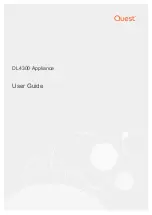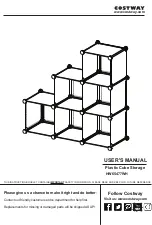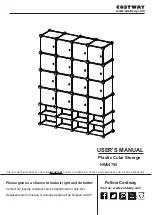
up, the deduplication stores will start up from a clean state. Servers will be in the off state,
and will require powering on via the power button or CLI.
•
hardware poweroff nodeX
: This uses the iLO port to turn off the server, which does not
allow StoreOnce service sets to shutdown gracefully. This results in deduplication stores shutting
down in an unclean state and requiring integrity checking (an automatic process) on the next
power up. To avoid this condition, the service set on a given node should be failed over to
the backup node using the
hardware failover nodeX
command, prior to powering down
the node.
Rebooting the system
•
system reboot
: This gracefully reboots the cluster by shutting down all services and
StoreOnce service sets before powering down the servers. This means on reboot the
deduplication stores will start up from a clean state.
•
hardware reboot nodeX
: This uses the iLO port to reboot the server, which does not allow
StoreOnce service sets to reboot gracefully. This results in deduplication stores shutting down
in an unclean state and requiring integrity checking (an automatic process) on reboot.
Initiating a controlled failover
The following sequence is recommended if you wish to reboot a node in a controlled way. It fails
over the service set before rebooting the node.
hardware enable failover
hardware failover nodeX
hardware reboot nodeX
Once nodeX has completed rebooted:
hardware failback nodeX
Networking problems
The network configuration is probably the most complex aspect of installation. It is described in
detail in the Planning Guide that you received prior to installation. Please read that guide for a
full description of the network configuration templates and the HP Storeonce Backup System's
implementation of physical IP and Virtual Interface (VIF) addresses.
This section provides important guidelines if you need to troubleshoot the network after installation.
It will be expanded in future versions of this document.
Internal network switches
The HP B6000 Series Backup System has two internal network switches in each rack and the
cabling required to connect to these switches is pre-installed. The cabling to each node is shown
below.
IMPORTANT:
You should
NEVER
unplug this cabling. The ports illustrated are reserved for use
with the internal network switch and cannot be used to connect to your network. Also, you should
NEVER
connect your external network to the switches at the top of the racks.
126
Troubleshooting
















































